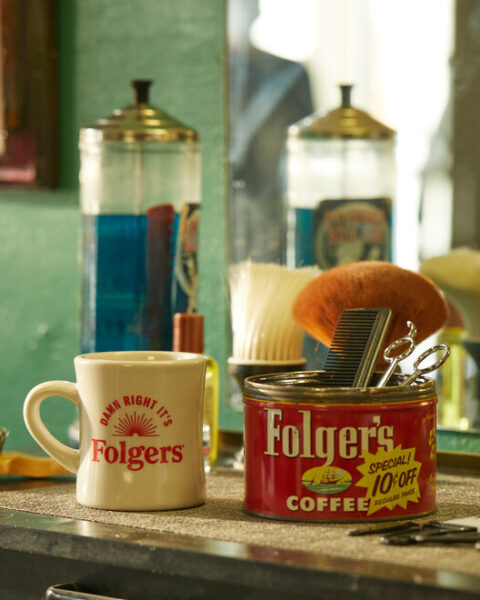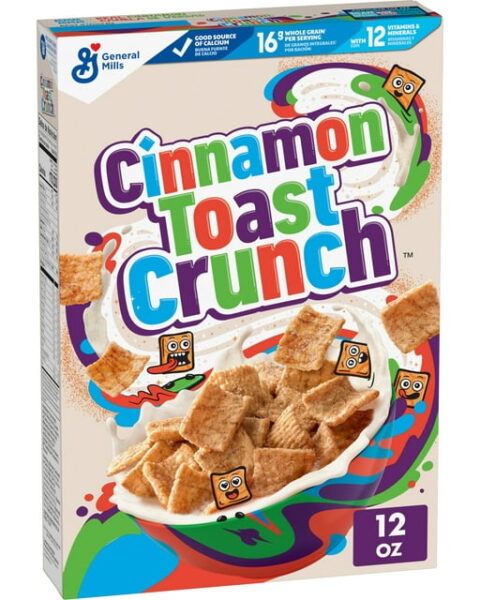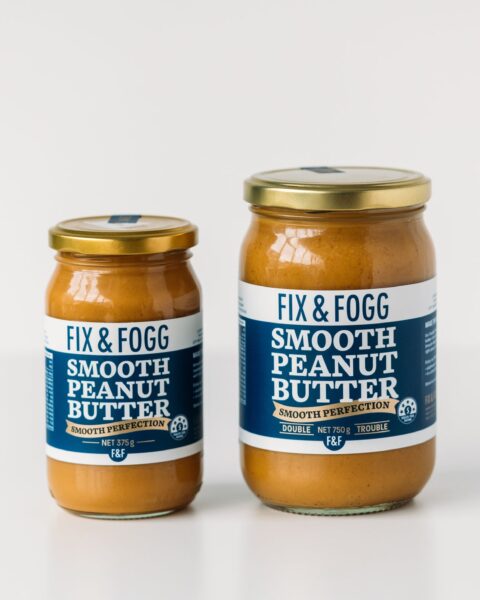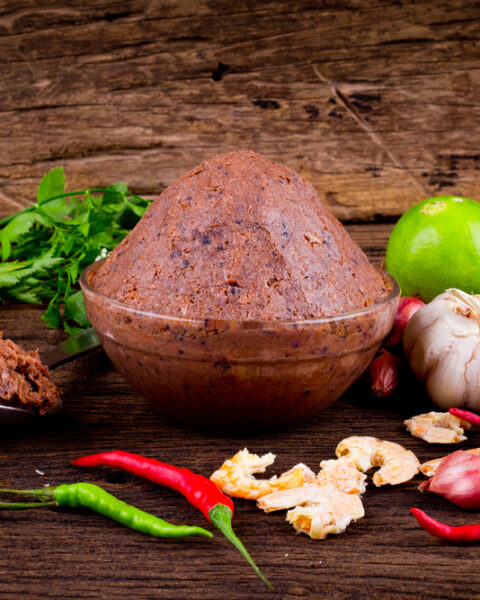Some restaurants were more than just places to eat—they were part of our everyday lives. Over time, though, some of these favorite spots disappeared, leaving behind good memories of their food and atmosphere. From tasty burgers to salad bars we loved, these places had their moment in the spotlight. Let’s take a look back at some of the restaurant chains we wish were still around.
Contents
- 1 Howard Johnson’s
- 2 Burger Chef
- 3 Chi-Chi’s
- 4 Red Barn
- 5 Lum’s
- 6 Kenny Rogers Roasters
- 7 Gino’s Hamburgers
- 8 Doggie Diner
- 9 Happy Eater
- 10 Souplantation/Sweet Tomatoes
- 11 Bob’s Big Boy (Regional Closures)
- 12 More From RetailShout
- 13 Trader Joe‘s 20 Limited Edition Autumn Treats You Need to Stock Up On
- 14 22 Walmart Black Friday Deals Perfect for Gift Giving
Howard Johnson’s
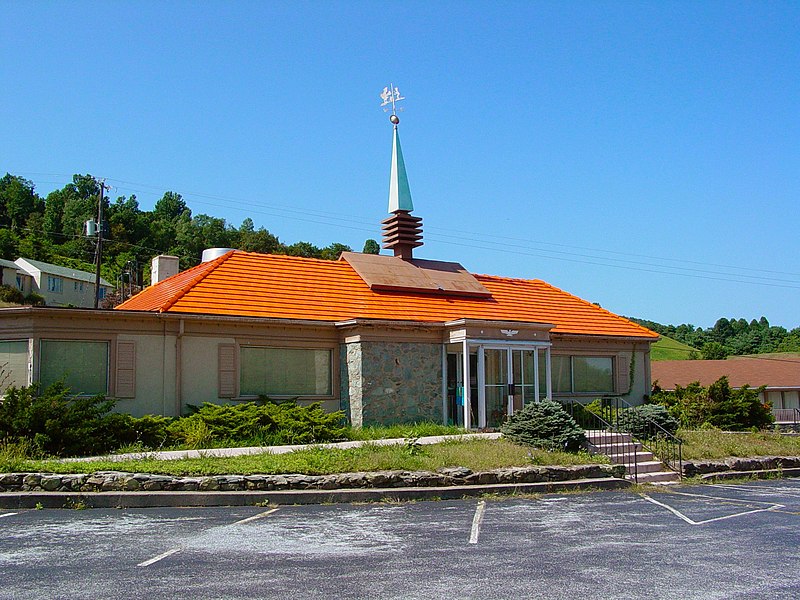
Established in 1925 by Howard Deering Johnson in Quincy, Massachusetts, Howard Johnson’s began as a simple soda fountain. It expanded into a nationwide chain renowned for its orange-roofed restaurants and 28 flavors of ice cream. At its peak in the 1960s and 1970s, it was the largest restaurant chain in the U.S., with over 1,000 locations. However, increased competition and changing consumer preferences led to a decline, and the last Howard Johnson’s restaurant in Lake George, New York, closed in 2022.
Burger Chef
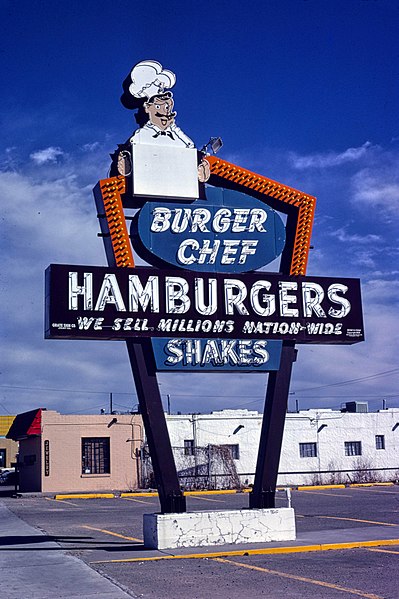
Founded in 1954 in Indianapolis, Indiana, Burger Chef quickly became a fast-food pioneer, introducing innovations like the “Works Bar” for customizable burgers. By the early 1970s, it had grown to over 1,000 locations, making it a formidable competitor to McDonald’s. Despite its early success, the chain struggled with management issues and was sold to Hardee’s in 1981. The brand was eventually phased out, with most locations rebranded as Hardee’s by the mid-1980s.
Chi-Chi’s
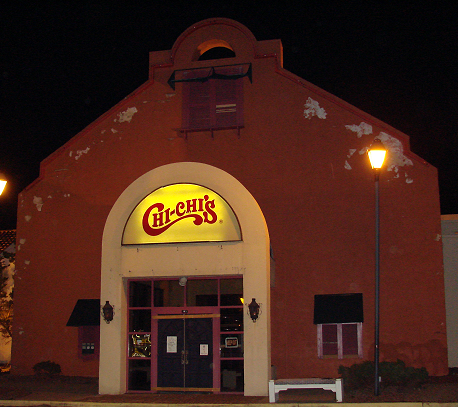
Founded in 1975 by restaurateur Marno McDermott and former Green Bay Packers player Max McGee, Chi-Chi’s brought Mexican cuisine to the American mainstream with its vibrant atmosphere and signature dishes like chimichangas. At its height, the chain operated over 200 locations across the U.S. However, a combination of financial troubles and a devastating hepatitis A outbreak in 2003, which resulted in several deaths, led to its bankruptcy and the closure of all U.S. locations by 2004.
Red Barn
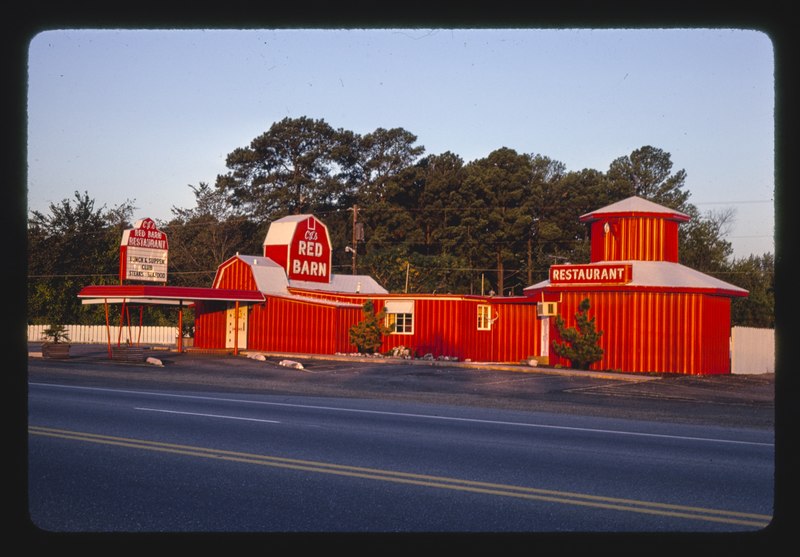
Originating in the 1960s, Red Barn was a fast-food chain recognizable by its barn-shaped buildings and offerings of burgers, fried chicken, and fish sandwiches. The chain expanded to approximately 300 locations across the U.S. and Canada. Despite its unique architecture and menu, Red Barn couldn’t compete with larger fast-food chains, leading to its decline and eventual closure by the late 1980s.
Lum’s
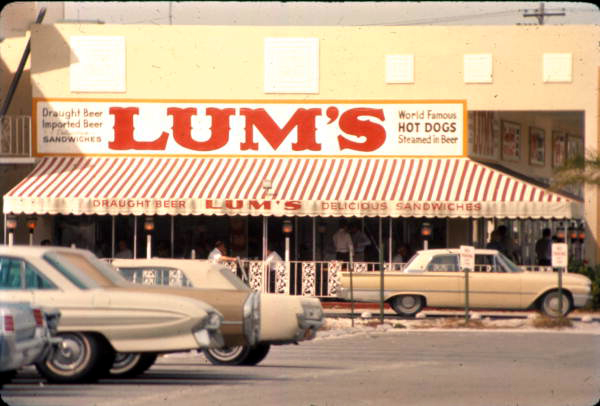
Brothers Stuart and Clifford Perlman founded Lum’s in 1956 in Miami Beach, Florida, starting as a hot dog stand. The chain became famous for its hot dogs steamed in beer and expanded rapidly, reaching over 400 locations at its peak. In 1971, the Perlman brothers sold Lum’s to John Y. Brown, former governor of Kentucky and owner of Kentucky Fried Chicken, for $4 million. However, under new ownership, the chain struggled, and by 1983, all locations had closed.
Kenny Rogers Roasters
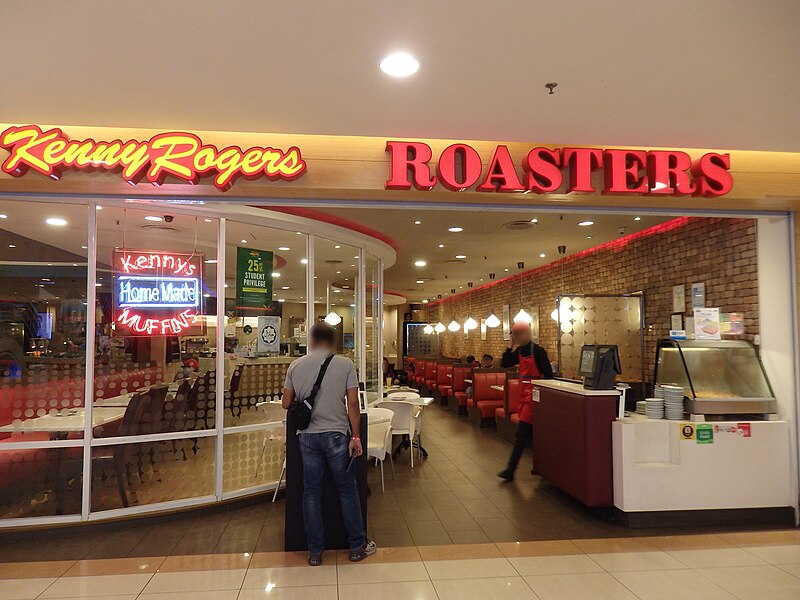
Co-founded in 1991 by country music legend Kenny Rogers and former KFC CEO John Y. Brown Jr., Kenny Rogers Roasters specialized in wood-fired rotisserie chicken and homestyle sides. The chain experienced rapid growth in the U.S. and internationally, with over 350 locations worldwide at its peak. However, financial difficulties led to a bankruptcy filing in 1998, and by 2011, all U.S. locations had closed. Interestingly, the brand found success in Asia, particularly in Malaysia and the Philippines, where it continues to operate.
Gino’s Hamburgers
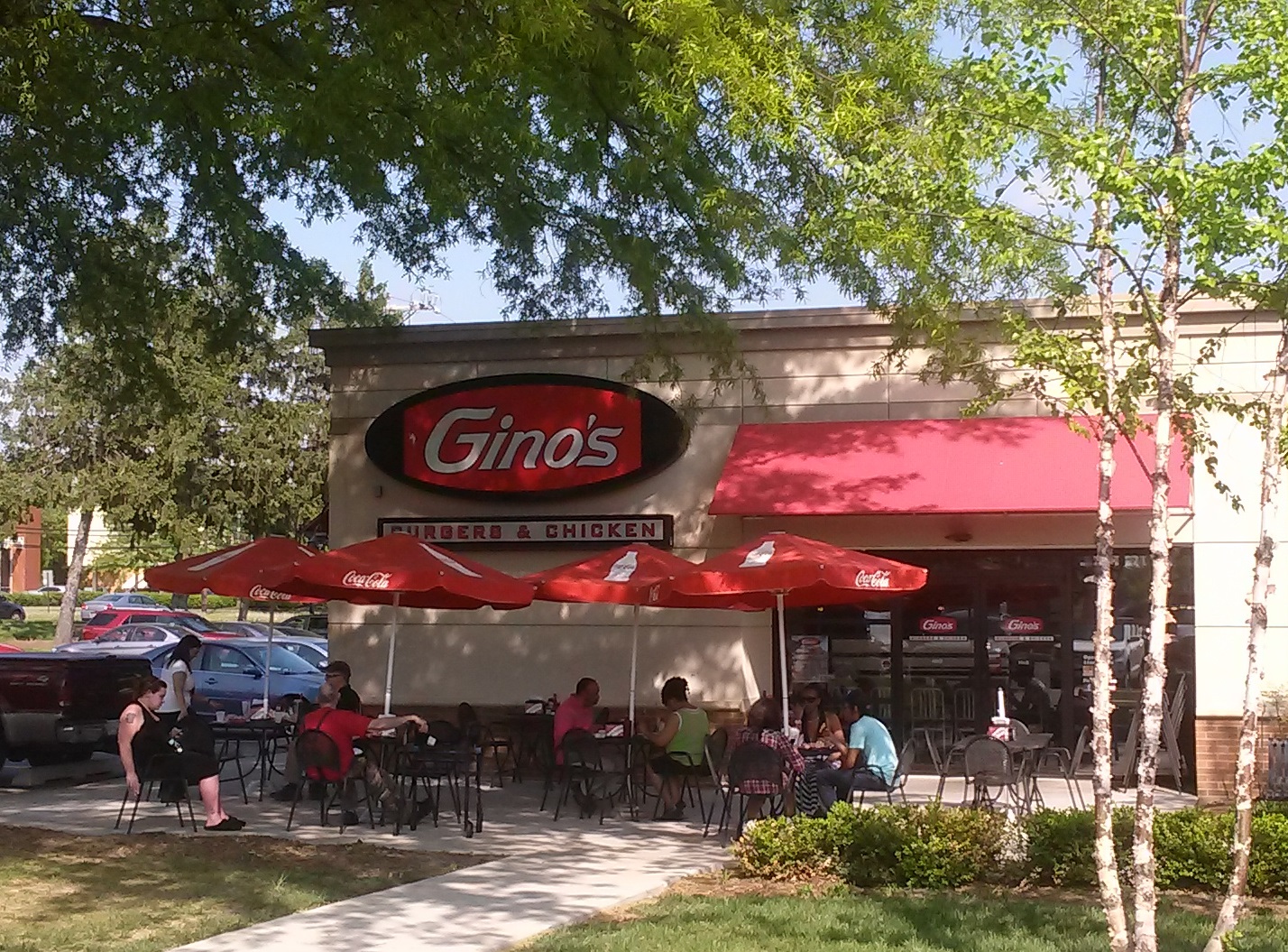
Established in 1957 by NFL Hall of Famer Gino Marchetti and his Baltimore Colts teammates, Gino’s Hamburgers became a popular fast-food chain in the Mid-Atlantic region. Known for its burgers and fried chicken, the chain expanded to over 300 locations by the 1970s. In the early 1980s, Marriott Corporation acquired Gino’s and converted many locations into Roy Rogers restaurants, leading to the brand’s disappearance. In 2010, Gino Marchetti attempted a revival by opening a new Gino’s location, but it eventually closed.
Doggie Diner
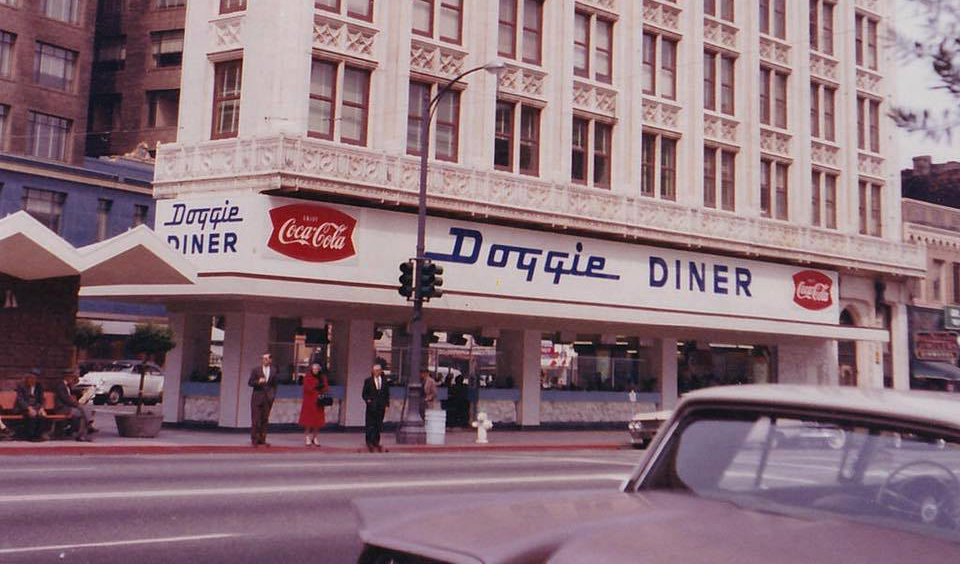
Founded in 1948 by Al Ross in San Francisco, California, Doggie Diner was a small fast-food chain specializing in hot dogs and hamburgers. The chain became iconic for its rotating dachshund head signage, which became a beloved local landmark. At its peak, Doggie Diner operated 30 locations across the Bay Area. However, financial challenges and increased competition led to the closure of the last location in 1986. The original Doggie Diner head sign has since been preserved as a piece of San Francisco history.
Happy Eater
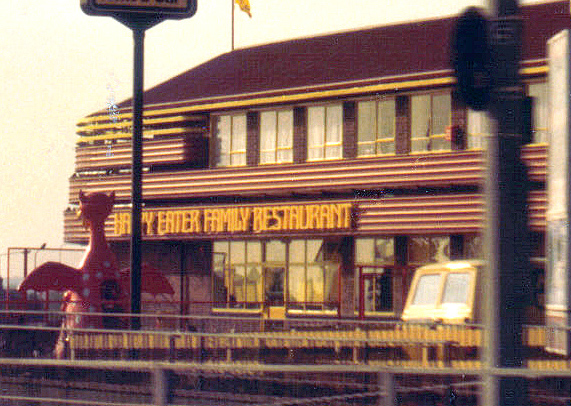
Launched in 1973 in the United Kingdom, Happy Eater was a family-oriented roadside restaurant chain designed to cater to travelers. It competed directly with Little Chef, offering English breakfasts, burgers, and children’s play areas. In 1995, the Forte Group, which owned both Happy Eater and Little Chef, decided to rebrand all Happy Eater locations into Little Chef restaurants, leading to the disappearance of the Happy Eater brand.
Souplantation/Sweet Tomatoes
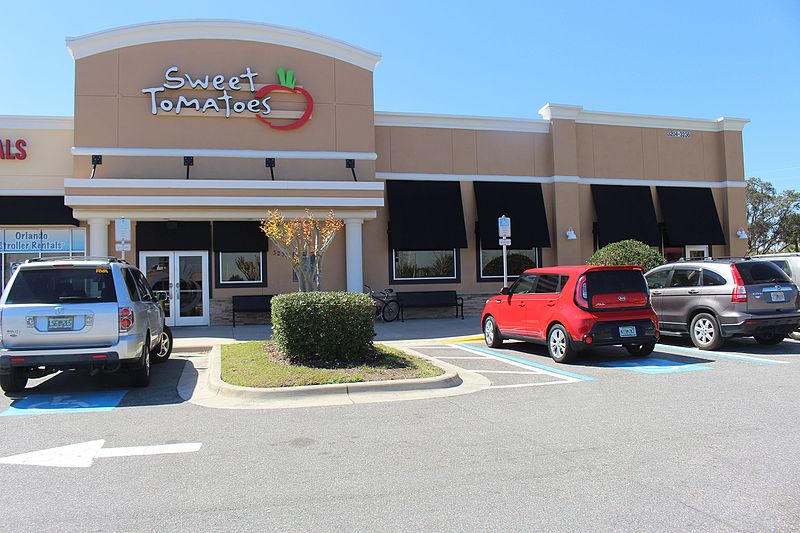
Launched in 1978 in San Diego, California, Souplantation (branded as Sweet Tomatoes outside Southern California) was a pioneer in healthy buffet-style dining. Guests loved its fresh salads, hearty soups, baked goods, and dessert options, all offered in an all-you-can-eat format. At its height, the chain had 97 locations across the United States. Unfortunately, the COVID-19 pandemic and its impact on buffet-style restaurants led the company to permanently shut down all locations in May 2020. Many fans mourned the loss of this affordable and health-conscious dining option.
Bob’s Big Boy (Regional Closures)
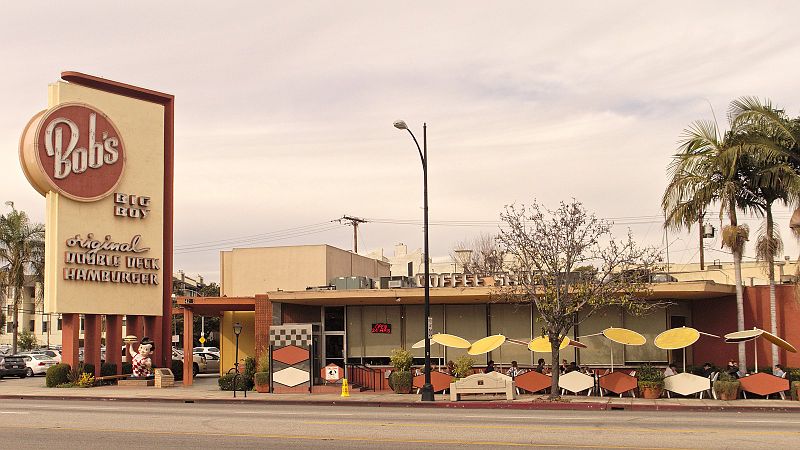
Bob’s Big Boy, founded in 1936 in Glendale, California, became famous for its iconic double-decker hamburger and the cheerful Big Boy mascot. During the mid-20th century, the chain expanded to hundreds of locations across the U.S. However, fierce competition from other fast-food chains, coupled with declining revenues, led to the closure of most locations outside of California. Today, a few Bob’s Big Boy locations still operate, but the brand is a fraction of its former size, holding nostalgic value for many.
This article originally appeared on RetailShout.
More From RetailShout
12 Vintage Coffee Shops in the US You Have to Experience
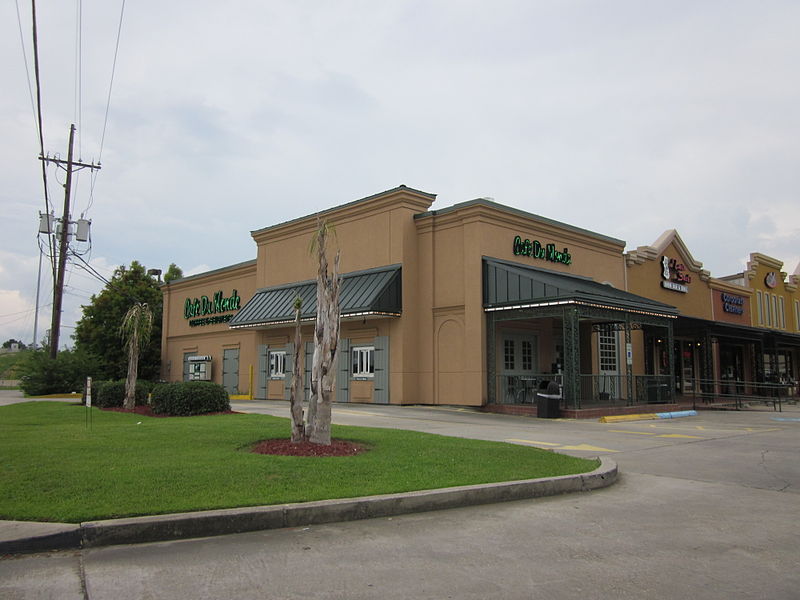
Coffee has been a part of American culture for centuries, but some places know how to serve it with a side of history. Vintage coffee shops across the U.S. transport you to a simpler time, where the vibe is cozy, the decor is retro, and the coffee is brewed to perfection. Read More.
Trader Joe‘s 20 Limited Edition Autumn Treats You Need to Stock Up On

Trader Joe’s autumn treats are back, and they bring all the best seasonal flavors. With a mix of new items and returning favorites, there’s something for everyone to love. Read More.
22 Walmart Black Friday Deals Perfect for Gift Giving
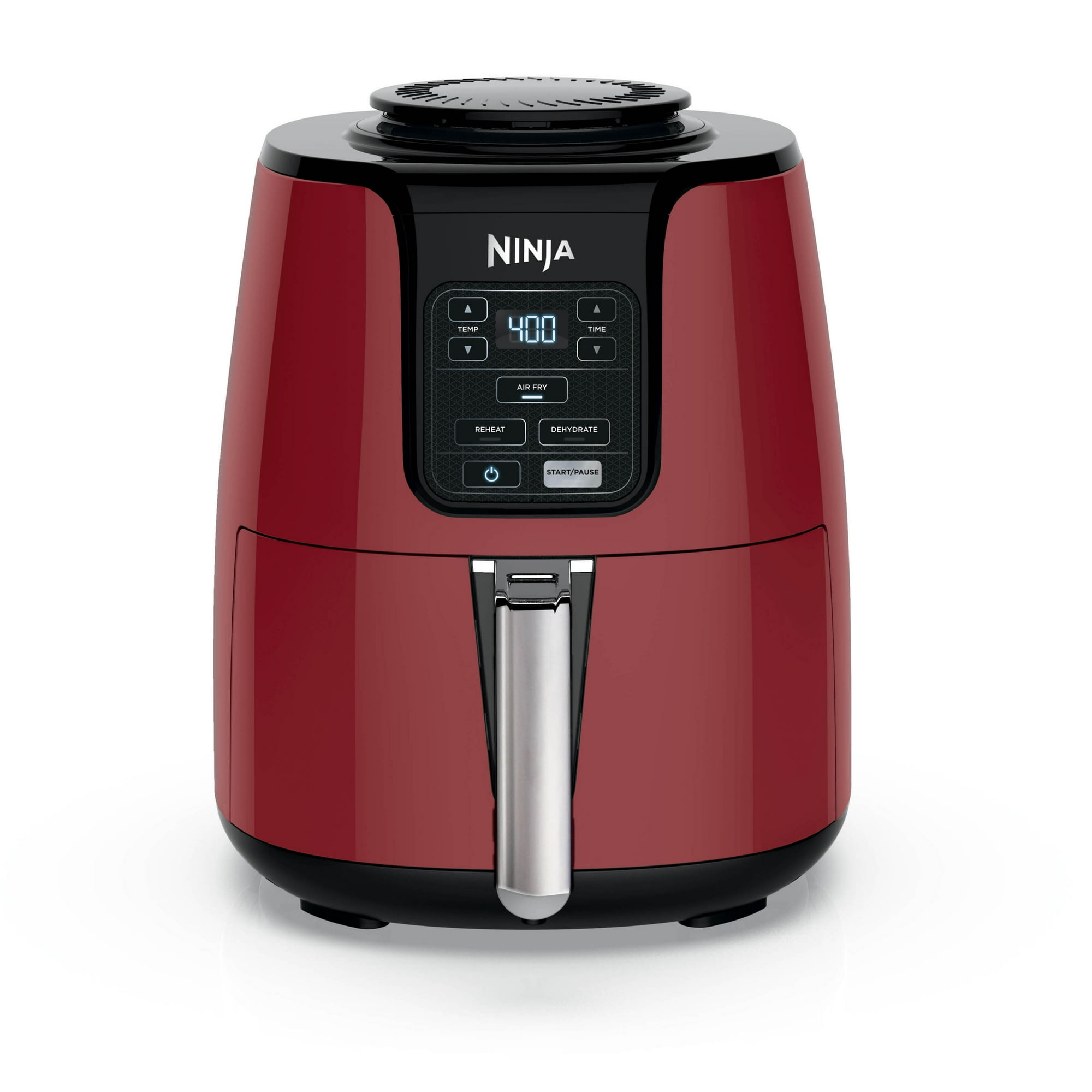
Black Friday is the perfect time to snag amazing deals, especially when it comes to gift shopping. Walmart’s lineup this year is packed with incredible finds that are not just practical but also thoughtful for everyone on your list. Read More.

